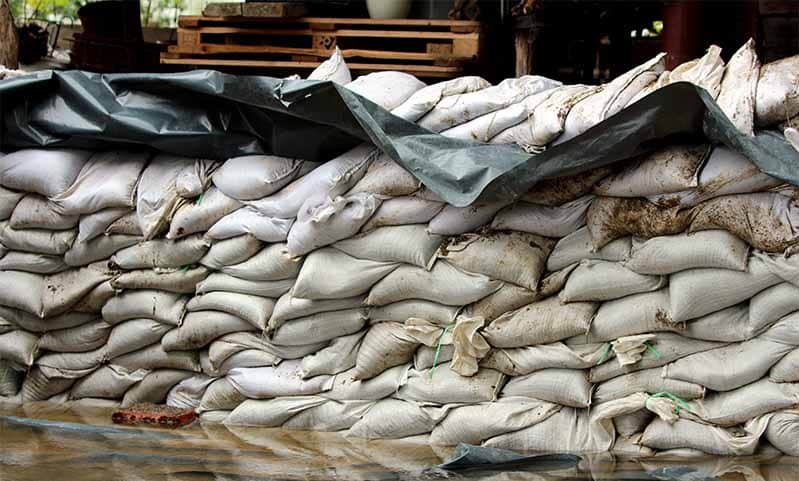In general, time heals all wounds and degrades all things. If these general principles apply to the nation’s dams, and they probably do, the recent Michigan dam failures could be just the beginning.
One national safety and advocacy group says more than 2,000 dams in the United States are deficient and highly likely to fail.
Most of these aging dams were built in the early 20th century. Their primary purpose was power generation as opposed to safe water collection.
The Federal Emergency Management Association, in partnership with the U.S. Fish and Wildlife Service, is replacing aging dams with structures that are safer and better for wildlife.
But this process has been slow. The government has spent only $10 million since 2018 on a replacement project that could cost billions.
Climate change plays a part in all this as well.
“You have to be more forward-thinking,” remarked meteorologist Steve Bowen. “A 100-year event may be a 75- or 50-year event in the future.”
Legal Responsibility
Water storage is an abnormally dangerous activity, partially due to flood risk.
Additionally, water pools often contain hazardous waste and other dangerous materials.
As a result, a general duty of care is insufficient to protect people from harm. So, the law imposes strict liability.
That’s a much higher standard. As stated in a famous English case: “A person who for his own purposes brings on his lands and collects and keeps there anything likely to do mischief if it escapes, must keep it in at his peril.”
Negligence, or a lack of care, is relevant to the amount of damages.
More on that below. A dam owner cannot simply compensate property owners and then walk away if the dam breaks.
Additionally, the loss must be foreseeable.
If the dam bursts and a home floods, that loss is clearly foreseeable. If the home develops mold because of the moisture, that loss might be foreseeable.
Establishing Liability and Damages
Since dam owners are responsible for damages as a matter of law, liability is typically straightforward.
Generally, victims/plaintiffs must only establish a causal relationship between the dam breach and the damages claim.
Frequently, dam owners blame natural events, such as heavy rains, for a breach and flood.
However, state and federal regulators require dams be able to withstand unprecedented natural events, such as extremely heavy rains or an earthquake.
It does not matter if that particular area is prone to such disasters or not.
All victim/plaintiffs are entitled to compensation for their economic losses, such as property damage, and non-economic losses, such as pain and suffering.
Additional punitive damages might be available as well, if there is proof of recklessness.
Some examples include:
- Unaddressed safety citations,
- Sporadic safety inspections as opposed to regular safety inspections,
- Prior safety lawsuits, and
- Sporadic or nonexistent physical improvements to the structure.
Punitive damages are available if there is clear and convincing evidence that the defendant intentionally disregarded a known risk and put profits before people.
Resolving Damage Claims
A burst dam directly and indirectly affects thousands of homeowners.
Therefore, to conserve judicial resources, many of these claims are class action claims.
A small group of plaintiffs comes together to represent all property owners affected by the disaster. Generally, class action claims allow individuals to take on large companies.
There are some significant cons as well.
For example, harmed individuals often have little control over the decisions made during the course of representation.
So, an individual or small-group action might be a better idea in some cases.
Well-established firms like Napoli Shkolnik have the resources to take on large defendants. And, while we offer advice, our clients always make the decisions.
Either way, most of these claims settle out-of-court.
Frequently, they settle after mediation. A third-party mediator works with both sides to facilitate a settlement.
The parties spend most of the day in separate rooms, so there is no emotional courtroom showdown.
If both parties negotiate in good faith, mediation is usually successful.
“Good faith” means both sides put all their cards on the table. Furthermore, they must be willing to make compromises to finalize a deal.
Most judges harshly penalize defendants who do not negotiate in good faith.
Burst and aging dams cause catastrophic losses. For a free consultation with an experienced personal injury attorney, contact Napoli Shkolnik PLLC. We handle cases like these on a nationwide basis.
